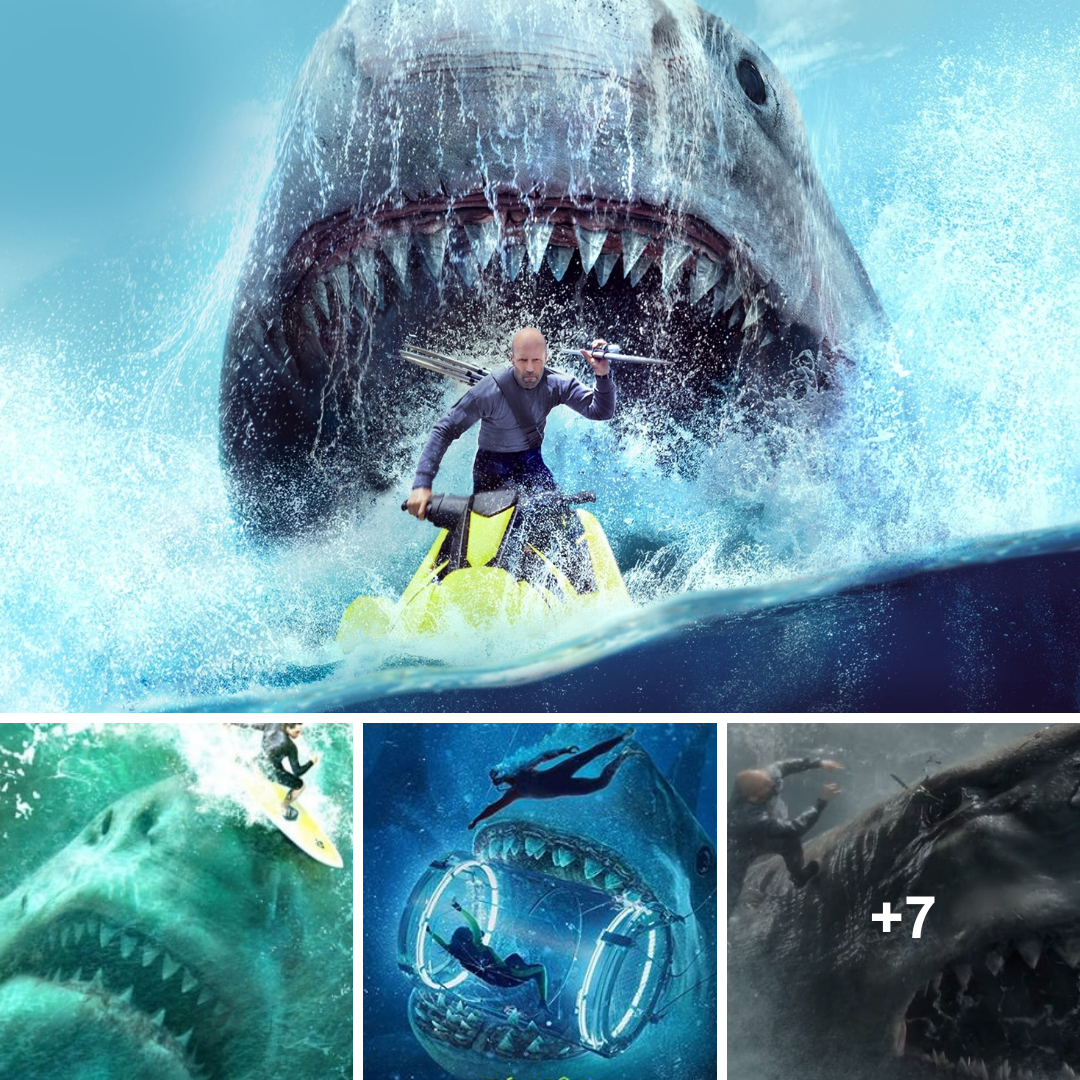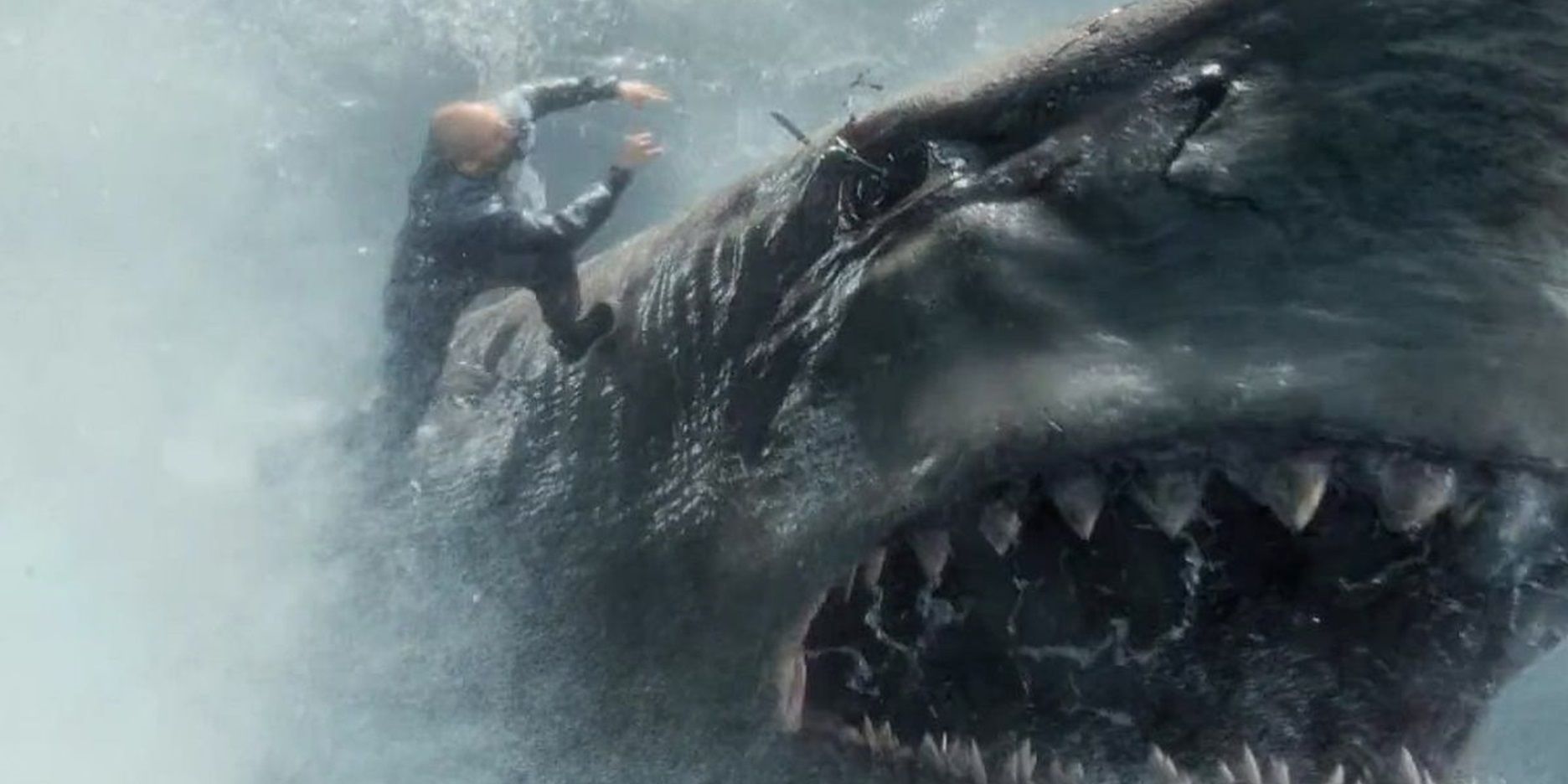The Meg is completely bonkers — so yes, we asked a shark expert to weigh in
‘The megalodon is kind of like a great white on steroids.
Megalodon sharks were — as you surely know because, hi, Shark Week — massive prehistoric sharks that have been extinct for more than two million years. But The Meg imagines a world in which these gigantic predators are not only surviving, but also thriving.
A couple of 70 to 90-foot megalodons manage to break through the thermocline layer they’ve been living under, and terrorize deep-sea rescue diver Jonas (Jason Statham), marine biologist Suyin (Li Bingbing), and their team, along with hundreds of unsuspecting boaters, swimmers, and beachgoers.
So much for fun in the sun, right? Right… but it’s hardly realistic. And while realism is far from what should be expected out of a popcorn flick about the splashy and bloody return of a long-gone predator, there’s still plenty of fun in calling out the completely bonkers moments from the film.
What were megalodons actually, and what were they were capable of?
JULIE ANDERSEN: The megalodon was probably one of the most badass predators in the ocean. Now, because we only have fossil records of the megalodon — we have teeth and a few vertebrae — it’s pretty difficult to know exactly what the megalodon looked like, but a lot of scientists hypothesize that it was very similar to a great white shark. However, some experts don’t necessarily agree with that, and a lot of new information is coming out, even as we speak…
But for most people, the megalodon is kind of like a great white on steroids so it could be up to 70-feet long, and they know this through dentition. Essentially, they study teeth and figure for every inch of a megalodon tooth it’s about 10 feet of the shark itself. Anywhere from about 60 to 70 feet is what they think megalodons could grow to be, so it’s basically just a giant great white.
The film explains that megalodons were able to remain hidden from the world by living underneath a cloudy, thermocline layer. Is that even possible, and could an animal of that size go undetected for so long?
It’s kind of dual-fold. First of all, most scientists believe that the megalodon became extinct because it couldn’t deal with the change in climate and the change in water temperature. They were in temperate zones and essentially became extinct when the water became too cold for them. And when you think about the depth of the ocean, and how cold it is down there, it would be highly unlikely that even a megalodon, a badass shark, could adapt so quickly to cold temperatures.
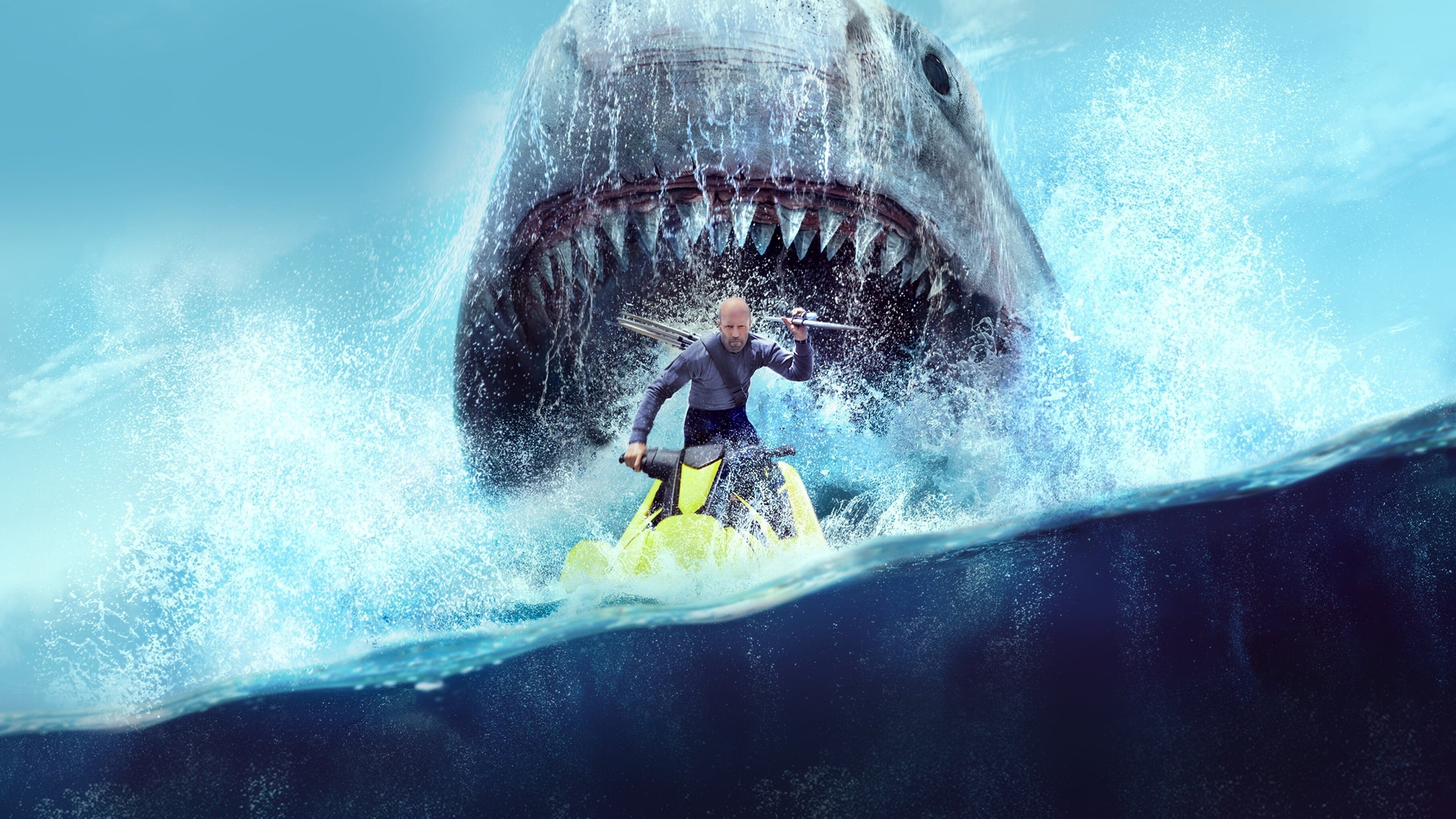
The other thing is exactly what you said: How on Earth could an animal this large go undetected for that long? If you think about it too, there can’t just be like two megalodons in the ocean. How would they be able to find each other, procreate, etc.? Obviously, there would have to be quite a few of them. You’d think we would have at least seen signs of something, right? Like whales with giant bites out of them. You’d think at some point in time we would have come in contact with something that would indicate that megalodons were still on this planet.
There’s also the issue of food supply. Early in the film, we see a giant shark, presumably a megalodon, eating a giant squid; and later, we see other sharks and people appear on the menu. Would there be enough food underneath the thermocline layer to keep animals of that size alive for this long?
This is an animal that’s 50 tons. Imagine the amount of food it would need to consume on a daily basis to keep its size class. It couldn’t possibly be the case.
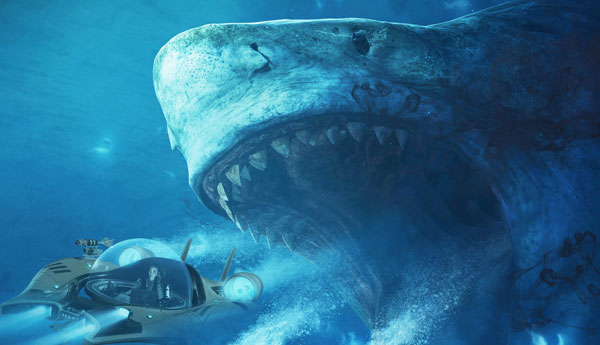
To the film’s credit, the world underneath the thermocline layer is clearly pretty expansive, but it still feels like a stretch.
A total stretch, right. Scientists believe, based on the size of the megalodon, and playing it forward with white sharks, that they would need to consume 1,300 to 2,700 pounds of food on a daily basis to keep their energy levels up. That’s a massive amount of food.
On the subject of food, we see one of the megalodons stalking a little girl who’s in this underwater marine lab, and it eventually bites the glass to try and get at her. Would a shark of that size even bother with prey that small? Are we to believe that megalodons are that aggressive, or is this just movie villainization?
Total movie villainization, because if you think about it, here’s a shark that’s, well I guess in the movie, 70 to 90 feet long; inhaling a human would be like us inhaling a gnat. We don’t go and seek out food that’s teeny, tiny and isn’t going to give us the nourishment we need, and sharks are opportunistic predators for sure. They also don’t expend energy unless it’s something worth expending energy for, so 100% they’re not going to go out and stalk humans. Those kinds of animals are going to be looking for whales, things of their size class, not us tiny little gnats.
:max_bytes(150000):strip_icc():format(webp)/meg-fp-0025-2000-613389e2524c4791bf5714807332a6a2.jpg)
Later in the film, we find out that there are actually two megalodons on the loose. The group captures a megalodon, ties it up on a boat, and thinks that’s it. But then, the meg breaches, grabs the smaller meg, and capsizes the boat. Could a shark that large breach high enough to get on a boat, and with enough accuracy to go after prey?
Great whites can basically get up to about 25 miles per hour and they can catch about 10 feet of air, and scientists have found records of whale vertebrae that are consistent with the same kind of hunting patterns that white sharks display, so scientists do believe that megalodons were capable of breaching. Could a shark of that size breach out of the water and get onto a boat? I’m not sure how big the boat was, but maybe, probably.
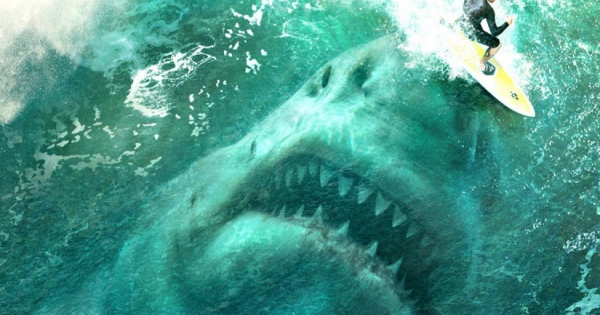
But the fact of the matter is, I can’t imagine a shark ever trying to chase prey onto a boat. Sharks — I’ve seen white sharks and tiger sharks do this — do something called spy-hopping where they’ll pick up their head and they’ll look at you in the eyes when you’re on a boat. They don’t just come breaching out of the water and attacking you on a boat. They want to see, “What is this? Who are you?” They’re a lot more cautious than they are these vindictive predators. I can’t imagine a shark could actually follow something out of the water onto a boat. I’ve never heard of anything like that.
In the big climax, Jonas kills the meg. He injects poison into its eye, and cuts its belly open, causing it to bleed out. In effect, the meg is pretty much paralyzed, and a bunch of smaller sharks in the area swarm to eat it. Could you poison a megalodon like that, and would sharks really swarm a seriously injured, but massive predator that quickly?
[Sharks] have a nictitating membrane, so they would probably close that nictitating membrane. Injecting poison into like an eyeball is kind of far-fetched because those nictitating membranes are much thicker than our eyelids and we know that shark skin is very, very thick; it’s basically covered with dermal denticles… I’ve never even heard anything like that, poison in the eye, that’s crazy. Would a shark be attracted to an animal that was in the water, basically thrashing around, providing kind of auditory, or even feeling like it was splashing around in trouble? Possibly, but it sounds like this shark was what, kind of laying there?
